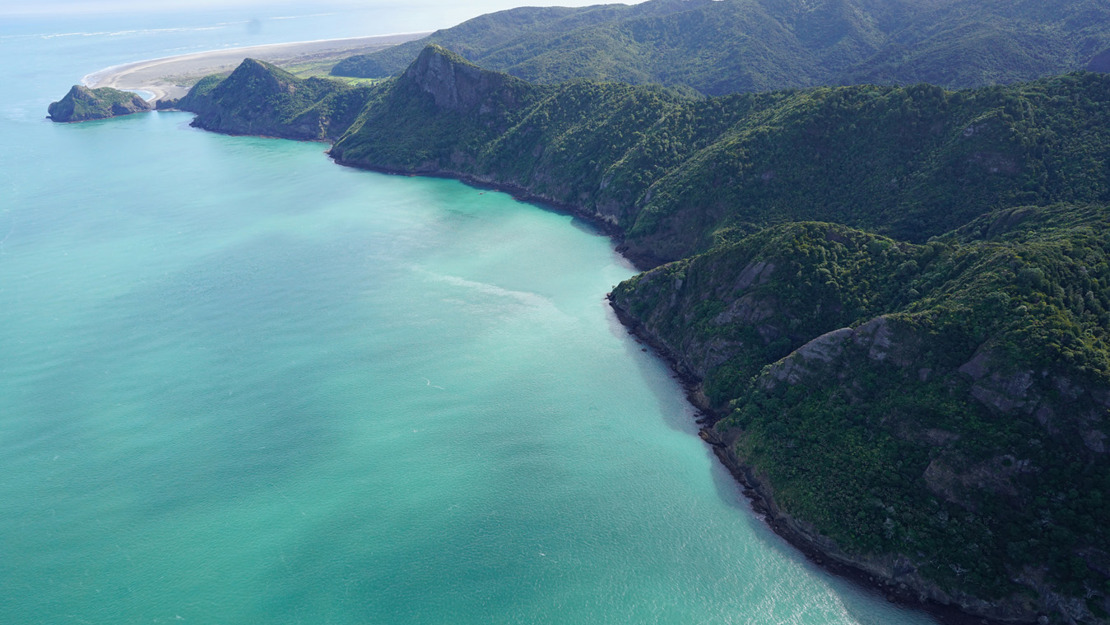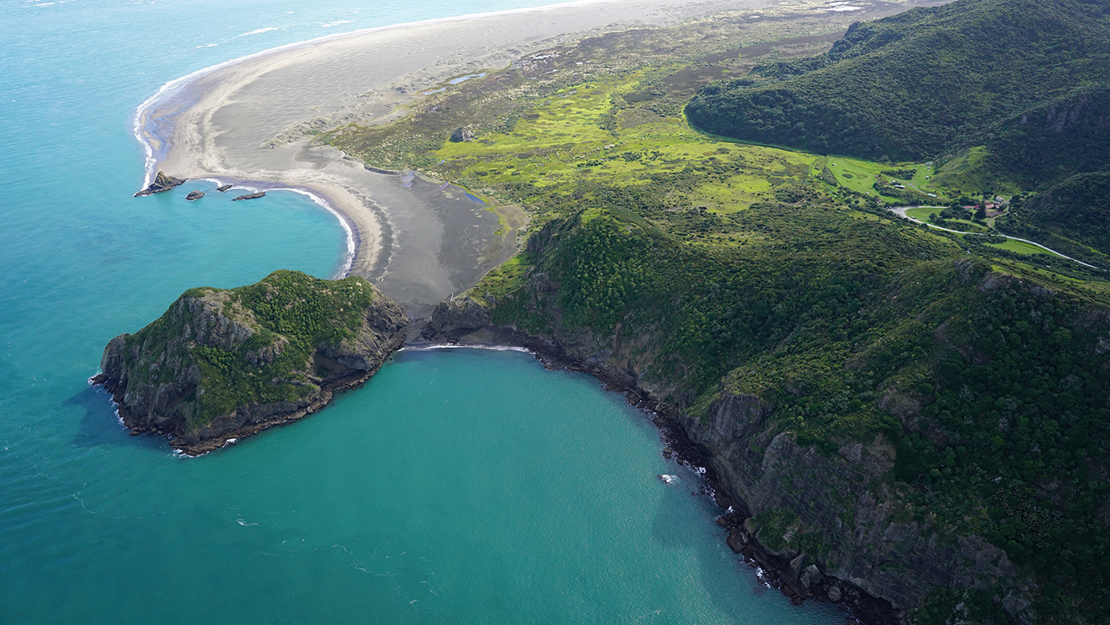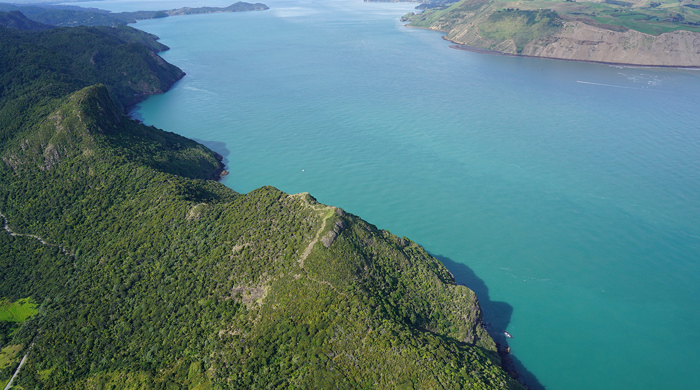Omanawanui Coastal Forest
Size: 56 hectares
Site description
The Omanawanui Coastal Forest biodiversity focus area extends along the coast from the southern end of Whatipu to Little Huia in the Waitākere Ranges. Paratutae Rock, situated on the northern side of the entrance to Manukau Harbour, is also included.

Key ecosystems and vegetation
This biodiversity focus area includes a mix of coastal forest (WF4) and pōhutukawa treeland/flaxland/rockland (CL1) on cliffs and hillslopes which rise steeply from the Manukau Harbour. The land here is rugged and volcanic.
The dominant canopy trees in the coastal forest are:
- pōhutukawa
- karaka
- nīkau
- pūriri
- kōwhai
- tawāpou
- houpara
- mamangi
- rewarewa.
Vegetation on the cliffs and on Paratutae Rock includes a mix of pōhutukawa, flax, houpara, coastal astelia and salt-tolerant native herbs.

Habitat value
The coastal forest provides valuable habitat and food sources for common native forest birds including:
- kererū
- tūī
- kōtare (kingfisher)
- pīwakawaka (fantail)
- riroriro (grey warbler)
- tauhou (silvereye).
The large native trees overhanging the shoreline also provide roosting and nesting habitat for shag species.

Management
Coastal weeds controlled by Auckland Council in this area include Mexican daisy, agapanthus, pampas, wild ginger and Formosan lily.



